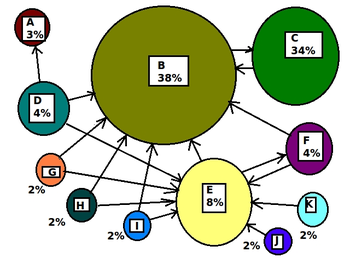Blexit.com
Adsfranchise.com
Hifiveapps.com
Geonionproject.com
Appbuffet.com
Workspacely.com
Bidreader.com
Tdr-media.com
Net4study.com
Theartsandsociety.com
Campanaba.com
Comingfromspace.com
Domesticpeaceapp.com
Webstatico.com
Xbfrh.com
Slimmingchannel.com
Anngettyreproductions.com
Dentalandeyecare.com
Styleshoestore.com
Ourcoloradoautos.com
Cook-chicago.com
Ad-4.com
Cheflalacookbooks.com
Designrhythmics.com
Highesthybridloyaltyinusa.com
We-the-film.com
Nordicsweden.com
Meyerhausvideo.com
Signsnowamericanfork.com
Theshopyoga.com
3drevolutions.com
Jobsforgeologists.com
Dequetrata.com
Atlanticlure.com
Adsfranchise.com
Hifiveapps.com
Geonionproject.com
Appbuffet.com
Workspacely.com
Bidreader.com
Tdr-media.com
Net4study.com
Theartsandsociety.com
Campanaba.com
Comingfromspace.com
Domesticpeaceapp.com
Webstatico.com
Xbfrh.com
Slimmingchannel.com
Anngettyreproductions.com
Dentalandeyecare.com
Styleshoestore.com
Ourcoloradoautos.com
Cook-chicago.com
Ad-4.com
Cheflalacookbooks.com
Designrhythmics.com
Highesthybridloyaltyinusa.com
We-the-film.com
Nordicsweden.com
Meyerhausvideo.com
Signsnowamericanfork.com
Theshopyoga.com
3drevolutions.com
Jobsforgeologists.com
Dequetrata.com
Atlanticlure.com


